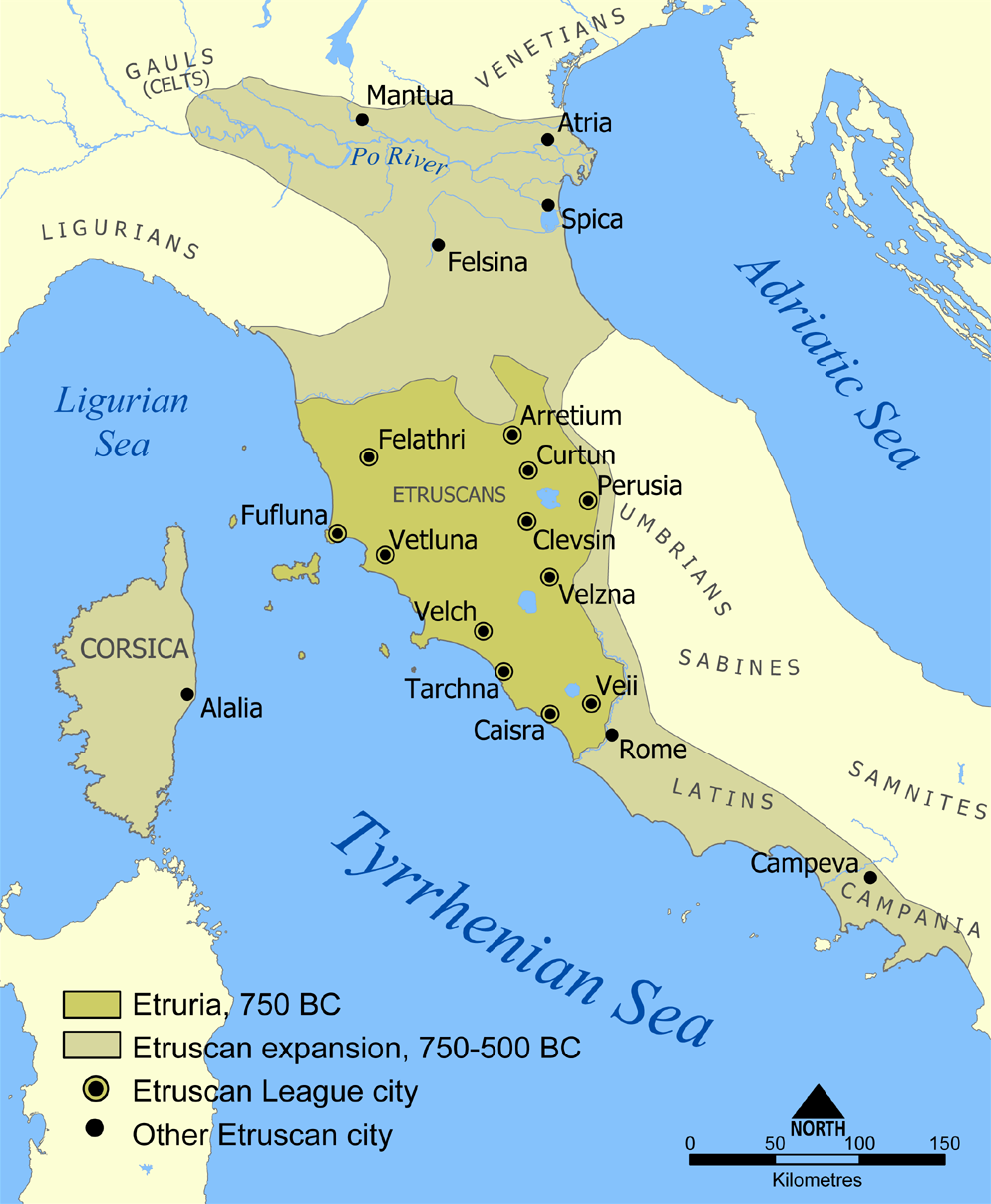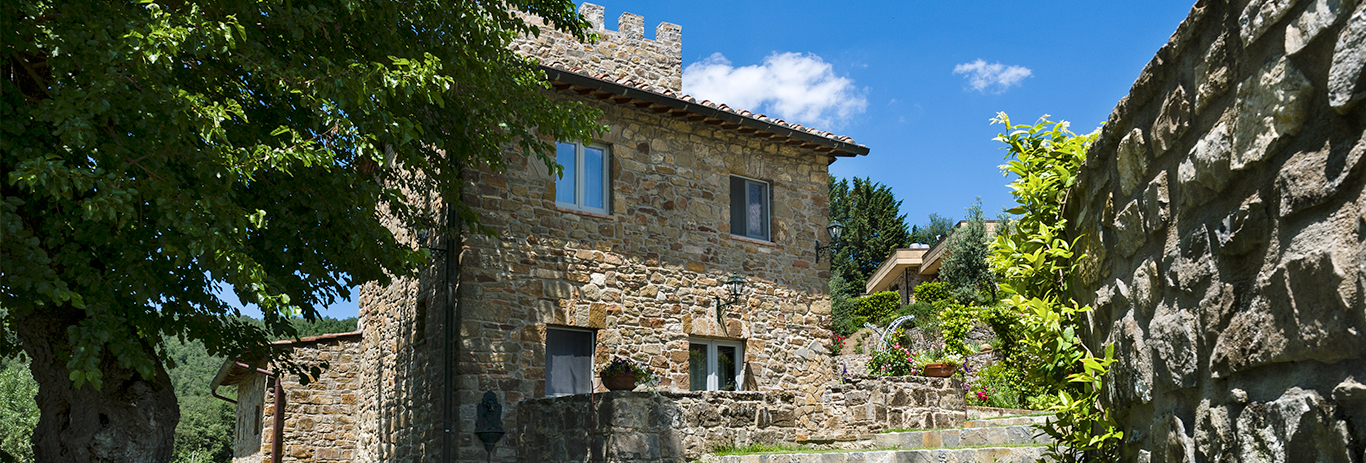A Brief History of Tuscany
From It’s Earliest Beginnings to the Middle Ages
The area that is now known as Tuscany has been inhabited since at least the Bronze Age. The region’s earliest civilizations included the Apennine and Villanovan cultures.
The Apienne culture was the first to come along and is remembered for its decorative pottery. Members of this civilization also traded with noteworthy groups of their day, including as the Minoan and Mycenaean cultures who lived in what is now Greece.
Surprisingly enough, some sights dating back to the Apennine period can still be found in Italy today.
During the rise of the Villanovan culture, the area began fragmenting into city-states and chiefdoms.
These people were nonetheless known for their iron works. They were also fond of cremation, eventually burying the remains of their dead in stylized cone-shaped pots.
However, aside from a few tombs here and there, not much remains of this culture because the later inhabitants of the region often chose the same sites for their building projects.
Etruscans
The somewhat better known Etruscan culture arose around the 7th century BC. Like the Villanovans before them, the Greeks heavily influenced their society.

However, unlike their predecessors, the Etruscans amassed a great deal of wealth and power through trade. They even formed a group of twelve city-states that loosely controlled some activities in the area.
Romans
The growing might of Rome drew the attention of the Etruscan upper classes, who quickly merged into their society. Even the lands on which their people lived became the property of Rome by the 1st century at the latest.
Of course, Roman civilization occupies a prominent place in history, largely because the armies of that nation seemed determined to conquer the known world.
The Romans also brought their technology wherever they went, leaving behind aqueducts, amphitheaters, and other public buildings in their former territories. Some of these structures can still be seen today.
In spite of this, the Roman empire started to collapse around the 5th century AD. The region that is now Tuscany was taken over by Lombard leadership in the 3rd century AD. It was then known as Tuscia. But in 774, the area fell into the hands of the Franks.
Middle Age
During the Middle Ages, Tuscany prospered as part of a popular pilgrimage route and many different republics sprung up in various cities.
Yet the region was also at the heart of a political feud between the Ghibellines and Guelphs that took place over the course of several centuries.
These families were fairly evenly matched in assets, so it was hard for either to gain a true foothold in the region. The Medici family of Florence, a banking conglomerate that eventually turned the area into their personal principality, eventually usurped them in power.

In this picture of Montemaggio you can see part of a Tower orginally from the middle age
The Black Plague made its presence known in the region around 1348 and seventy percent of the overall population died as a result.
Some places, such as Florence were hit harder than others, loosing a sizeable chunk of their population during the first three months that the sickness was active. The disease was unfortunately not gone for good.
Today, the only thing that travelers to Italy have to fear is their over indulgence in all the wonders of Italy. But who doesn’t want to over indulge in food, wine, culture and history?!
